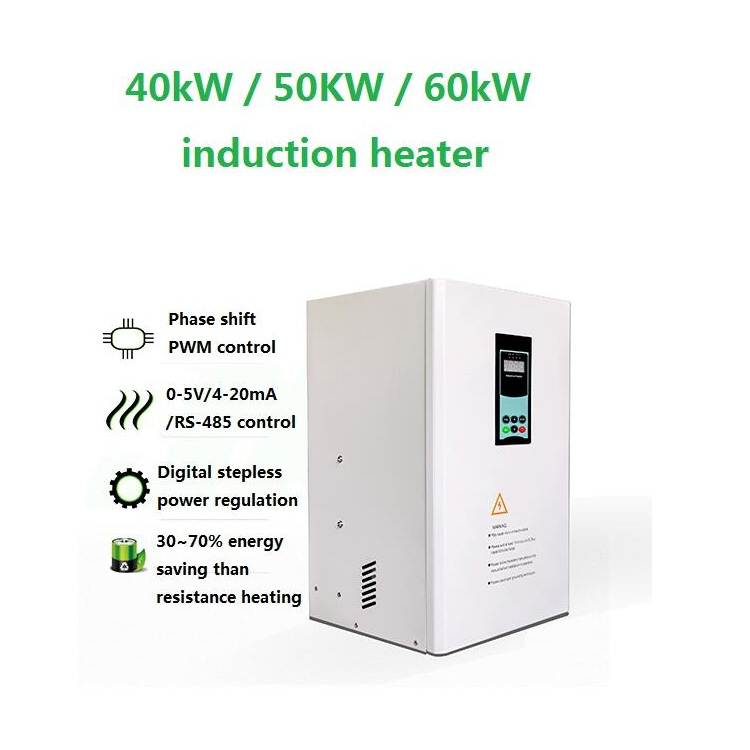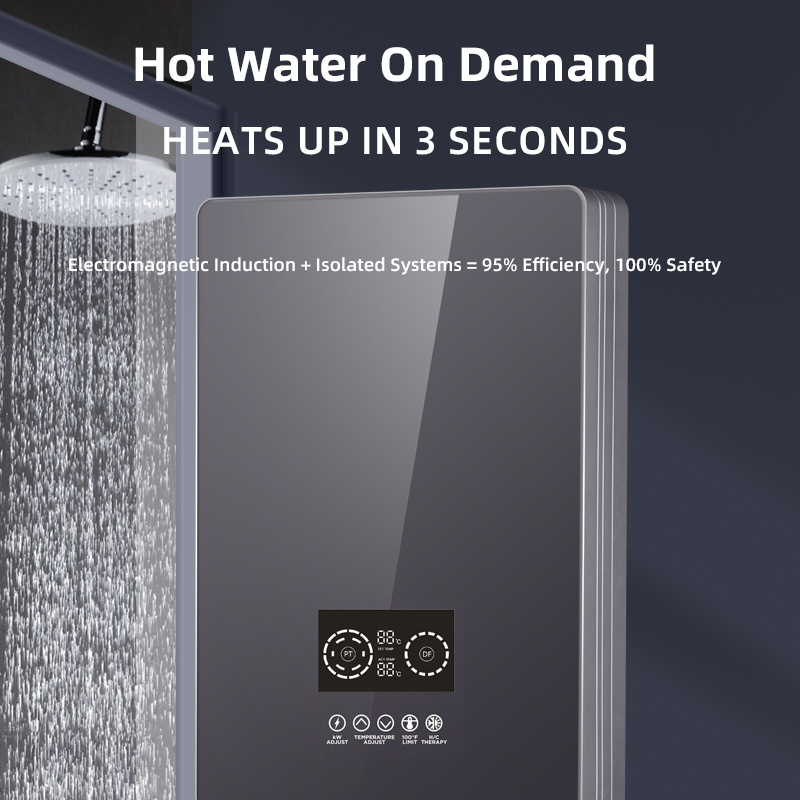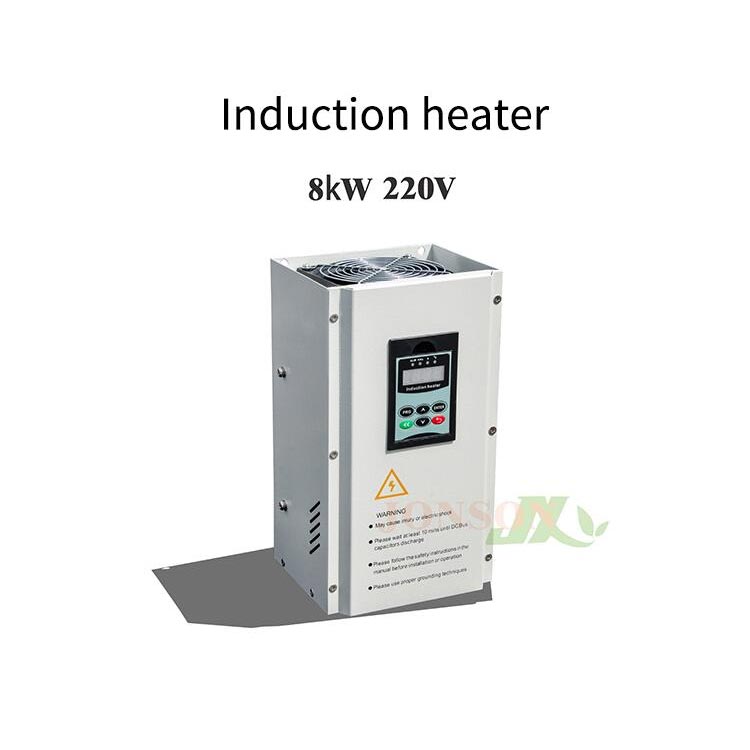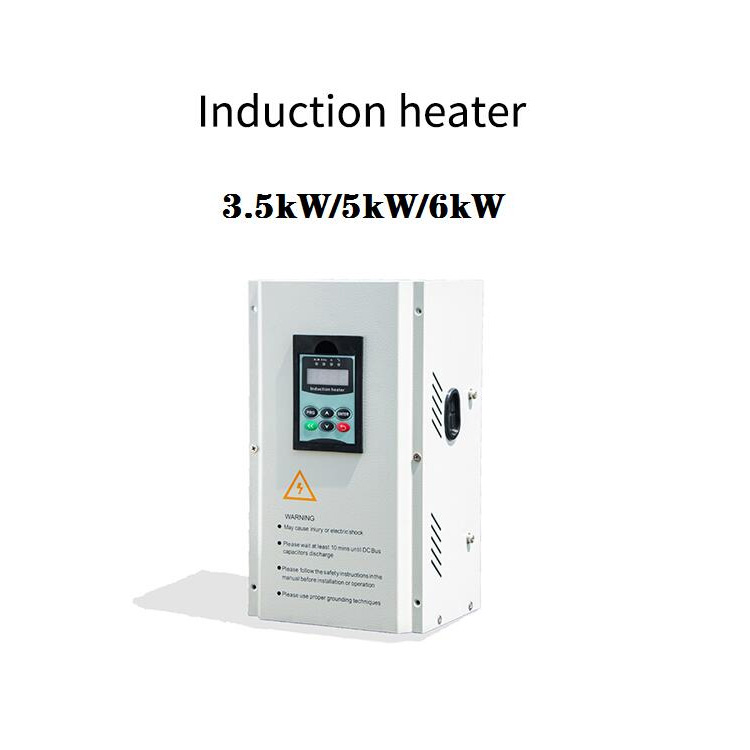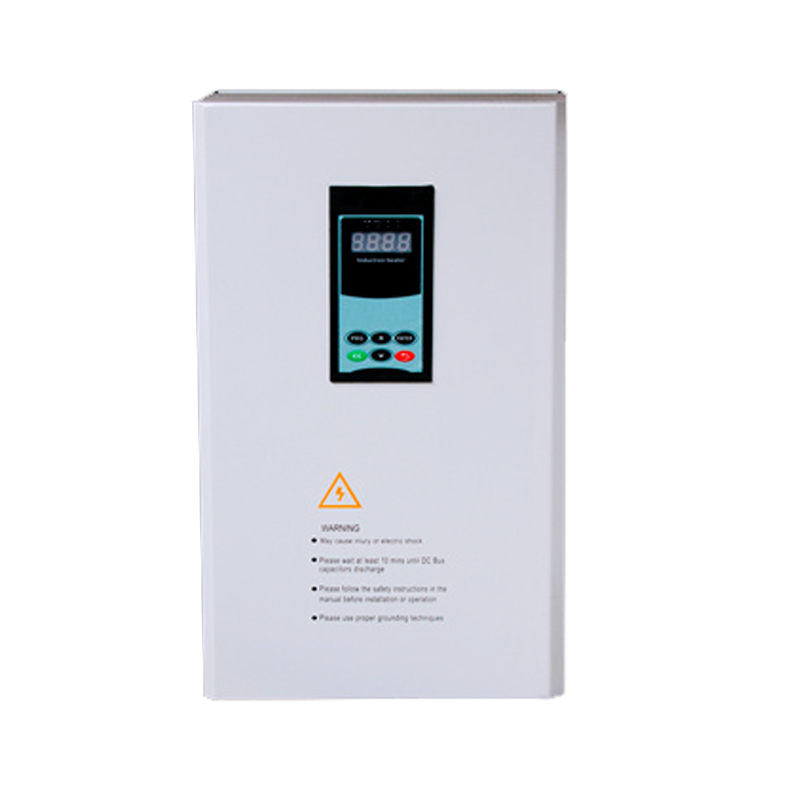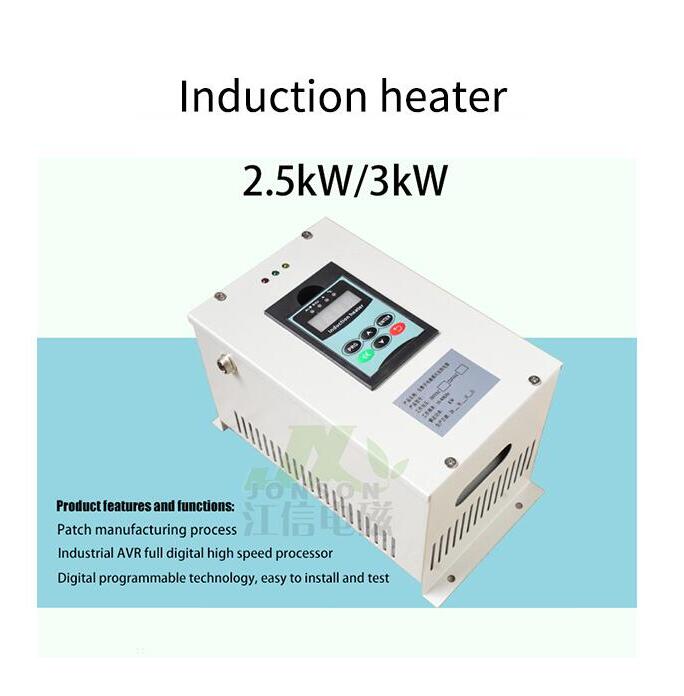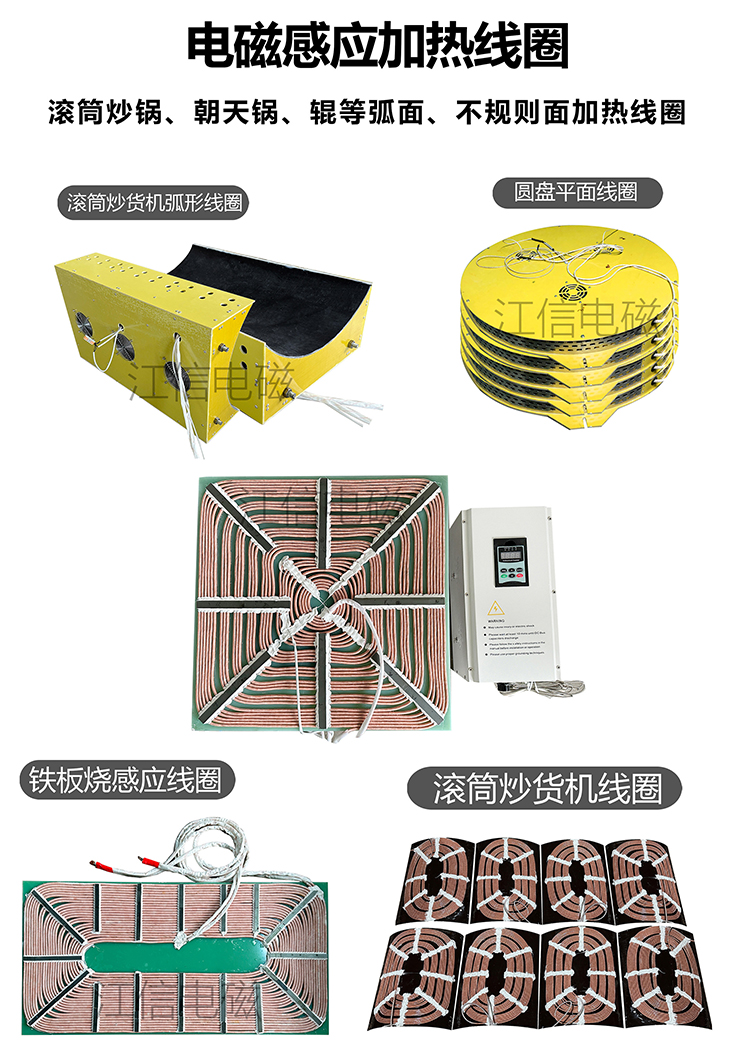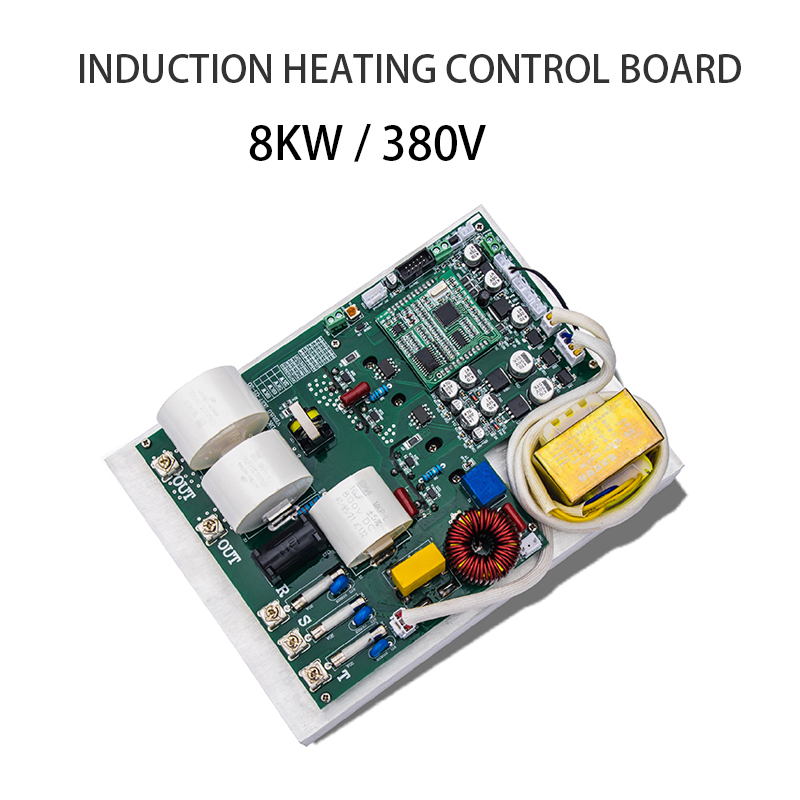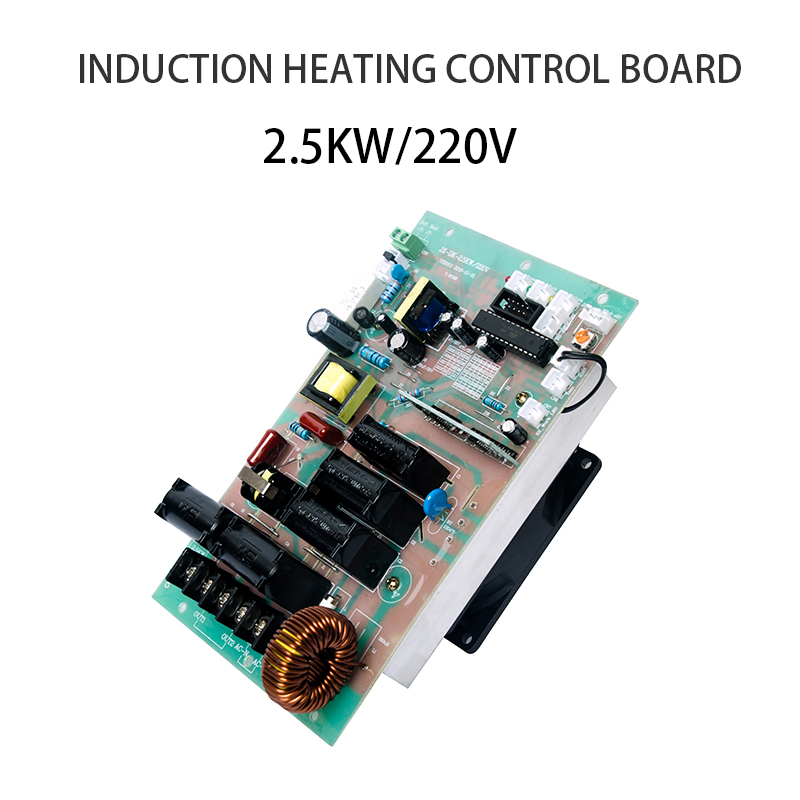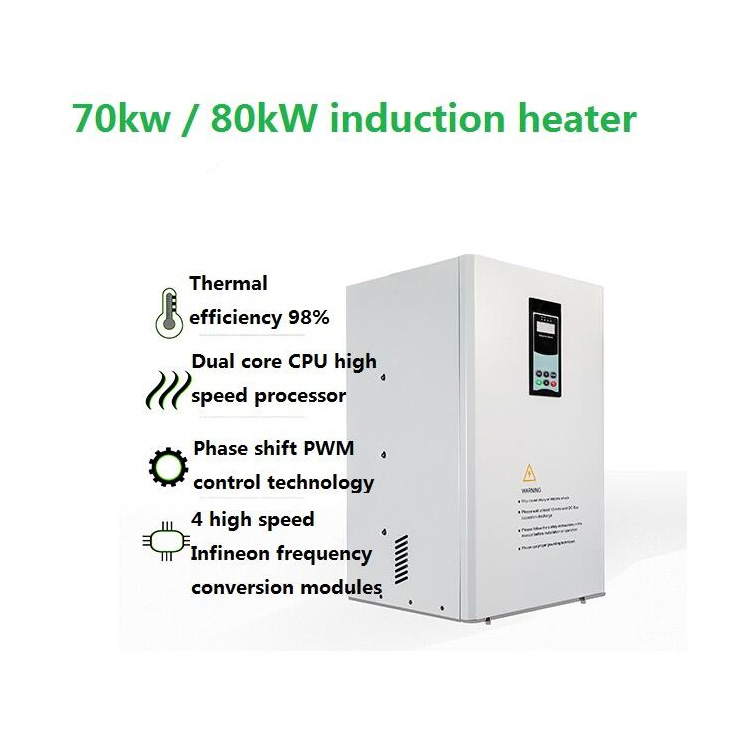In the fields of modern industrial and civilian heating, steam generators are widely used as efficient thermal energy conversion equipment in industries such as food processing, chemical, medical, washing, and aquaculture. With the continuous improvement of national requirements for energy efficiency and environmental protection, traditional coal-fired, gas-fired, and oil fired steam generators are facing problems such as high energy consumption, heavy pollution, and poor safety. To address these drawbacks, induction heating technology was introduced into steam generators and quickly gained market favor. So, why are more and more steam generator equipment using induction heating? What are the technical advantages of induction heating compared to traditional heating methods? Next, we will discuss the exhibition.
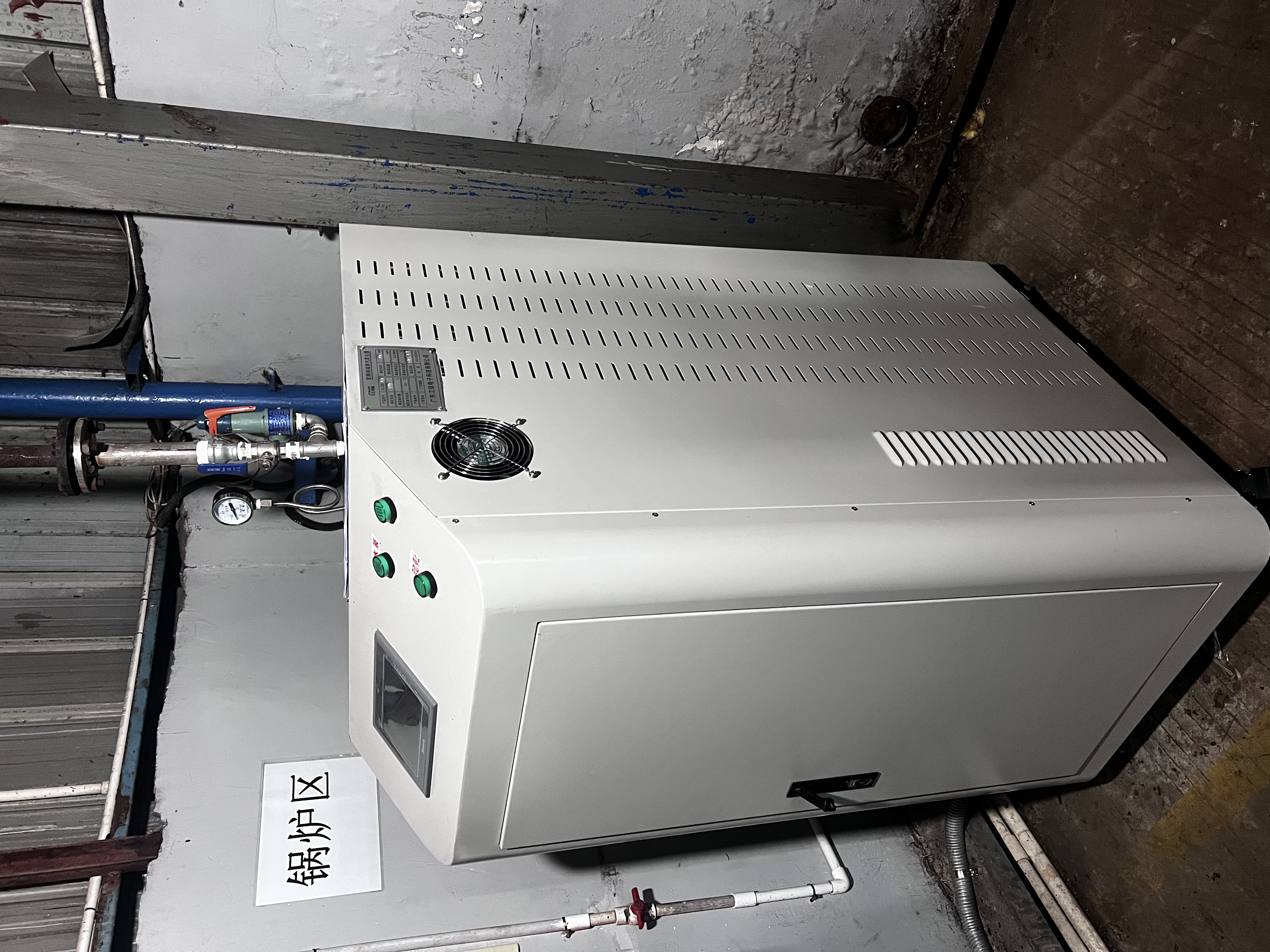
1﹜Introduction to Induction Heating Principles
Induction heating is a method where metal heats itself up through 91勛圖厙 induction - basically, the metal generates swirling electric currents (we call these "eddy currents") that make it get hot. The whole setup mainly uses an induction heating power supply working together with a coil. Here's how it works: when the alternating current flows through that coil, it creates a rapidly changing magnetic field. This field transfers energy to the metal without any physical contact, making the metal heat up crazy fast.
2﹜Analysis of the advantages of induction heating for steam generators:
1). The thermal efficiency of induction heating can reach over 95%, while traditional resistance heating is generally around 70%. As induction heating directly heats the metal heating element, there is almost no energy loss, and the temperature rises faster, greatly reducing the time for steam to exit. Long term operation can reduce energy consumption costs by more than 30%.
2).Uniform heating and precise temperature control
During the induction heating process, the heat source is directly generated from the inside of the heating element, with uniform heat distribution and less likely to cause local overheating, thus avoiding boiler scaling and pipeline damage. Paired with an intelligent temperature control system, it can achieve a temperature control accuracy of ㊣ 1 ⊥, meeting the strict requirements of different processes for steam temperature and pressure.
3).High safety and easy operation
Induction heating has no open flames, no flammable or explosive hazards, and avoids fire safety risks. The steam generator also has multiple safety protection measures such as over temperature protection, water shortage alarm, and automatic power-off to ensure the safe and reliable operation of the equipment. The device also has fast startup and does not require a long warm-up time, and is equipped with a 7.0-inch large touch screen. Easy to operate, suitable for various users.
4).Long service life and low maintenance cost of the equipment
The induction heating system has no mechanical moving parts and non-contact heating, avoiding problems such as oxidation and bursting of traditional electric heating tubes. The heating element is generally made of stainless steel or alloy material, which is corrosion-resistant, high-temperature resistant, and has a service life 2-3 times that of traditional electric heating tubes. At the same time, the system structure is simple and requires minimal daily maintenance, greatly reducing maintenance costs.
5).High level of intelligence, convenient for system integration
Currently, induction steam generators are mostly equipped with digital control systems, which can achieve remote monitoring, data acquisition, automatic start stop, timed control and other functions, meeting the needs of industrial automation. Some high-end equipment can also be connected to PLC systems to achieve linkage control with production lines and improve overall production efficiency.
3﹜ Summary
In summary, induction heating technology has become the upgrade direction of current steam generators due to its advantages of high efficiency, energy saving, uniform heating, safety and environmental protection, and intelligent control. It not only significantly improves the overall performance and user experience of the device, but also conforms to the development strategy of energy conservation and emission reduction. With the deepening of clean electricity and intelligent manufacturing, the application prospects of induction heating in steam generators in various industries will become increasingly widespread.

